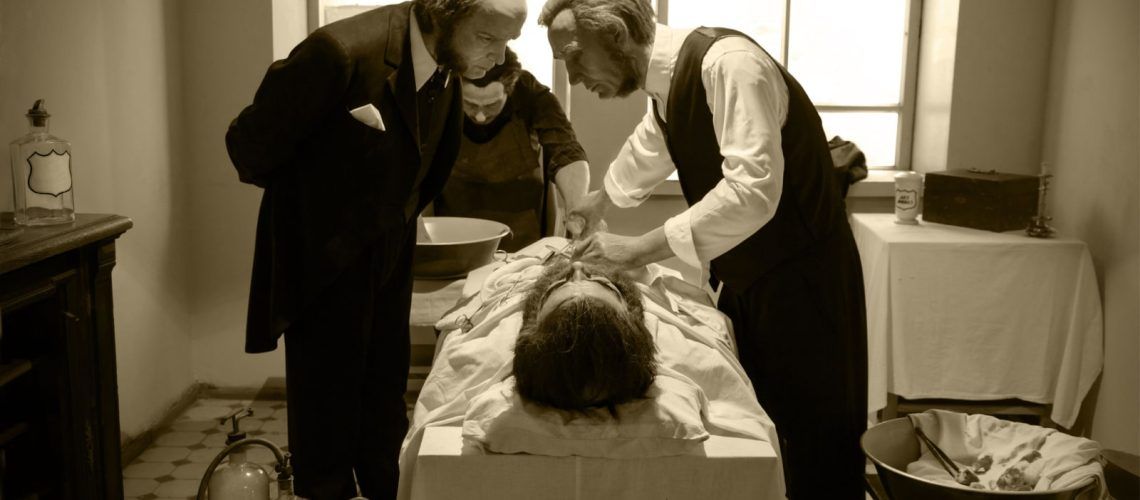The quest for better anesthesia for dental care has been an ongoing journey for those in the field. The beginning of the search for dental anesthesia likely began in pre-history. The first records of it come from Ancient Egypt. Medieval Europe’s use of anesthesia in various practices is quite well documented, but in many ways, remained essentially unchanged from their ancient forebears.
The Evolution of Dental Anesthesia Through History
Various forms of anesthesia saw ongoing use throughout ancient history. Narcotics were a standard selection in the form of opium. Still, herbal approaches such as henbane were also not unheard of. One nearly ubiquitous anesthetic used throughout the ages was strong alcohol. These were effective to varying degrees but often had dangerous side effects, including their addictive qualities.
These approaches to dental anesthesia would persist for thousands of years until the arrival until the 18th and 19th centuries. During this time, many advancements were made in the area of medicine and the use of anesthetics. Through experimentation and experience, three common forms of treatment were used. Ultimately, two of these forms would go to the wayside, while some remain in use today.
- Cocaine – This narcotic was well-known for its ability to dull sensation and soothe patients during treatment. However, it was also incredibly addictive and could result in lasting problems with dependency in the patient. This was aggravated by the fact that it wasn’t illegal and could be obtained from any pharmacist.
- Morphine – Another form of narcotic that was often used for treating pain in patients. Its effects are powerful, making the treatments almost painless. However, it shared the addictive quality associated with all narcotics. Today it is only used in severe pain or where other approaches do not work. It has no use in modern dentistry.
- Ether – This treatment is an alcohol that is often mixed with waxes, resins, and gums for industrial applications. However, it also can render patients unconscious for the delivery of dental care. Unfortunately, it also can cause respiratory paralysis, unconsciousness, and drunkenness. These properties led to it being taken out of use.
The one medication invented during this time that has remained a mainstay of dental care is Nitrous Oxide. Nitrous oxide, also known as laughing gas, provides a euphoric high for patients. It’s not a pain killer, but it reduces stress and anxiety while leaving the patient conscious. This has the ancillary effect of altering the patient’s perception of pain, making it less impactful.
The Use Of Anesthetics In Modern Dentistry
Since that initial golden age of medicine and anesthetics, amazing leaps have been made in pain control technology. Those seeing dentists in a modern setting will receive local anesthetics such as Novocain. This numbing agent is harmless, non-addictive, and decidedly effective. More advanced treatments may require stronger anesthetics delivered by a qualified anesthesiologist. Speak to your dentist about your upcoming dental care and ask what forms of anesthesia are available and may be required for your care.

